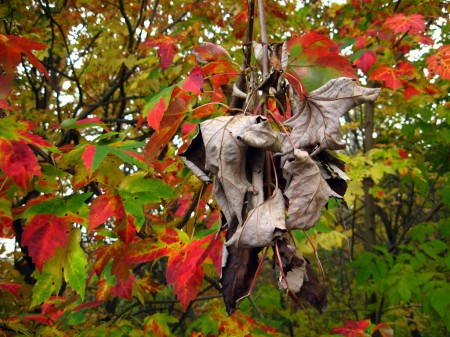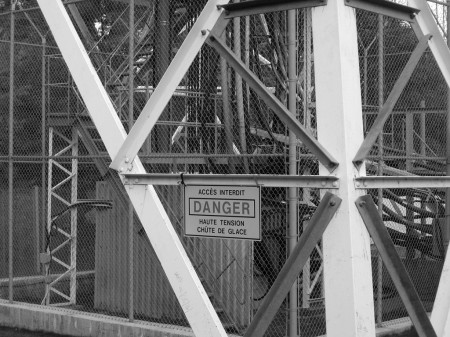Sometimes, living up to one’s ideals requires becoming an extremist. That is to say, speaking and acting in a manner very different from what is normal within the population. Not doing so risks being a hypocrite, since you would be telling others to take actions that you are personally unwilling to take. At the same time, the connotation of ‘extremist’ is almost entirely negative. People have a general feeling that there is an acceptable range of thoughts and behaviour and that those on or beyond the edges are dangerous.
Consider the issue of Al Gore’s (non) vegetarianism. He has resisted calls to follow the actions of IPCC chairman Rajendra Pauchauri and renounce meat, as a means of reducing carbon emissions. At the same time, he is calling for people to make large lifestyle changes for the sake of the planet. Not going vegetarian leaves him open to charges of hypocrisy, even from those who oppose his position on what should be done about climate change. At the same time, choosing lifestyle options like vegetarianism risks getting him branded as an ‘environmental extremist’ by the political mainstream. Environmentalists who have been calling for the issue of climate change to be pan-ideological would likely regret seeing him thus marginalized.
There are generally good reasons to feel nervous about thinking or acting far outside the mainstream. In many cases, it suggests that you have made a serious error in your thinking. That being said, it must be acknowledged that there are situations when mainstream thinking is based upon serious errors of information, judgment, or understanding. In these cases, one is presented with the challenging question of whether it is best to be principled yet easy to ignore or more influential and somewhat hypocritical.





